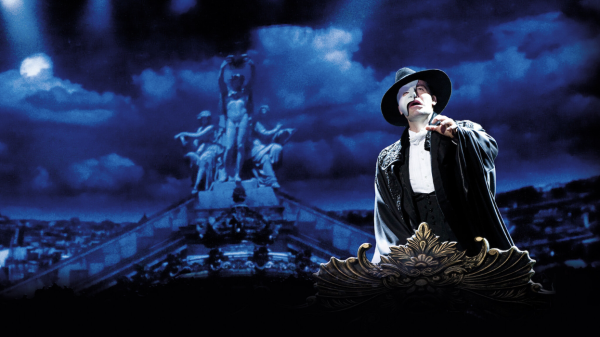A Cry for the Transcendent Vision: Cinema in the 21st Century
If one could critique the film industry today, this proposition may conjure up the notion of standard or quality. Following the advancement of filmmaking during the 20th century, cinema grew to be regarded with some gravity, with the films of notable directors like D.W. Griffith and Sergei Eisenstein being recognised as seminal works of artistic merit. This view of film as an art form was further augmented by the rise of auteur theory (which focusses on the characteristic style of a filmmaker to the degree that he or she is considered an “author” of a film) and so on.
On the other hand, with the ever expanding digital landscape and the ascendancy of short-form entertainment today, the contemporary film industry’s standard has evidently been waning. This is largely due to the industry’s “need” to buy into the audience’s need for more. That the typical mainstream film is governed by the focal point of entertainment and a consumerist-oriented ethos is embodied to a staggering extent by the dominance of Disney and its proclivity for producing remakes and milking existing franchise brands, such as Marvel and Star Wars.
As a consequence, dominant cinema today can be considered anaemic and homogenous, a far cry from some of the notably transcendent, evocative and distinctive films of the last century. Take, for example, Andrei Tarkovsky’s Stalker and Ingmar Bergman’s Persona. These films provide poetic reflections and are multi-layered narratives which employ the cinematic form with veneration, attending to the subtleties of composition, camera movement, visual texture, the ephemeral nature of imagery, and more. There seems to be a dearth of such films today, and a declining interest in this form of cinema, save for a passionate minority.
However, entertainment companies like A24 and Neon distribute and produce independent films (which generally emphasise the creative control of the director) that I believe to be the lifeblood of cinema in the modern age. Recent examples of such films are The Lighthouse (2019) and The Banshees of Inisherin (2022), both of which received critical acclaim. The European film industry is also generally viewed as placing more of a focus on film artistry, with institutions such as governmental bodies facilitating the production of films in an effort to recognise cinema as an art form.
Furthermore, recent polls have found that public interest in superhero movies has dwindled. Top Gun: Maverick (2022), a film that hearkens back to its predecessor which was released in the 1980s and further a general mood of the same time, is a salient antidote to this prevalent fatigue, as is evident from its momentous box office success.
Thus, this could be a turning point for how major audiences regard cinema, placing an emphasis on quality rather than quantity. The first step towards a transcendent vision for filmmaking may be just beyond the horizon.
Where do you think cinema is going now? Do you believe it is necessary for there to be a change in the way we currently view cinema?
Sources and Recommended Reading :
https://www.businessinsider.com/interest-in-superhero-marvel-movies-dropping-poll 2022-8












